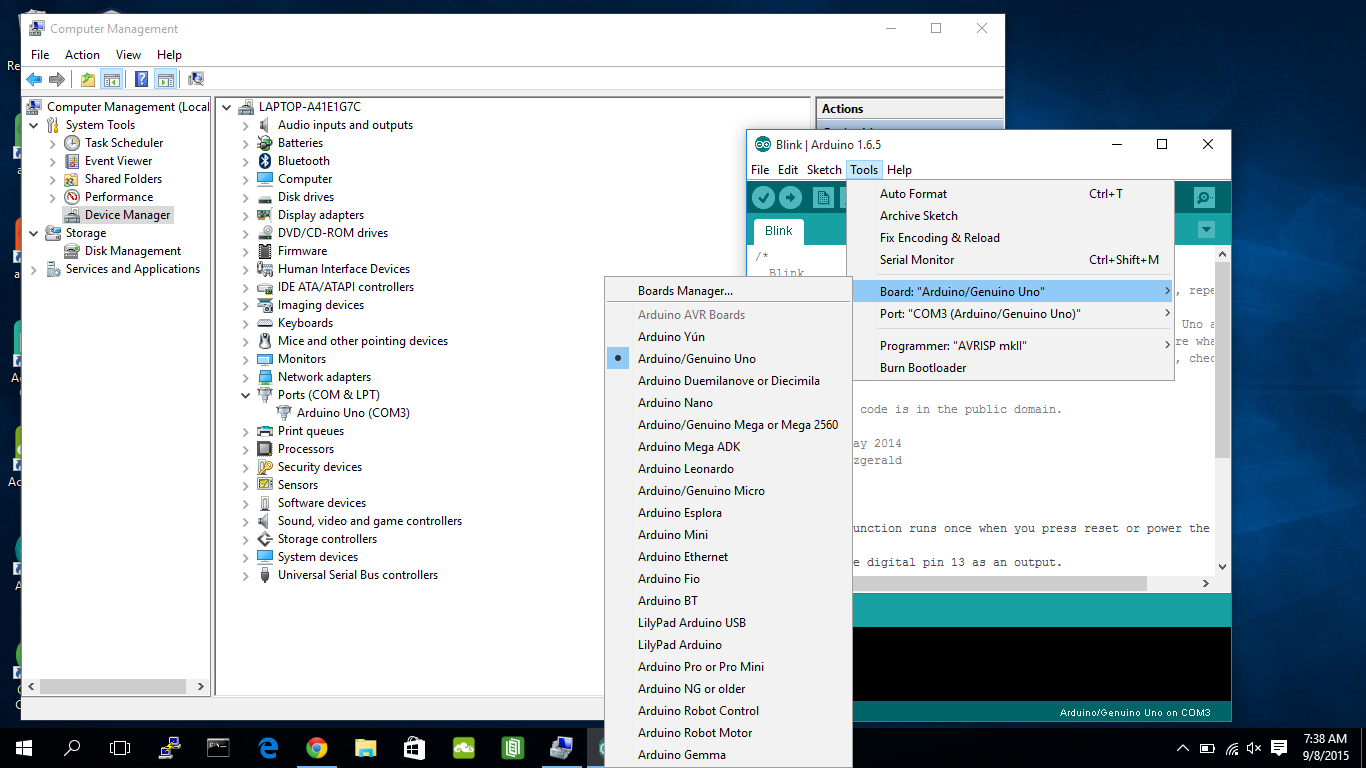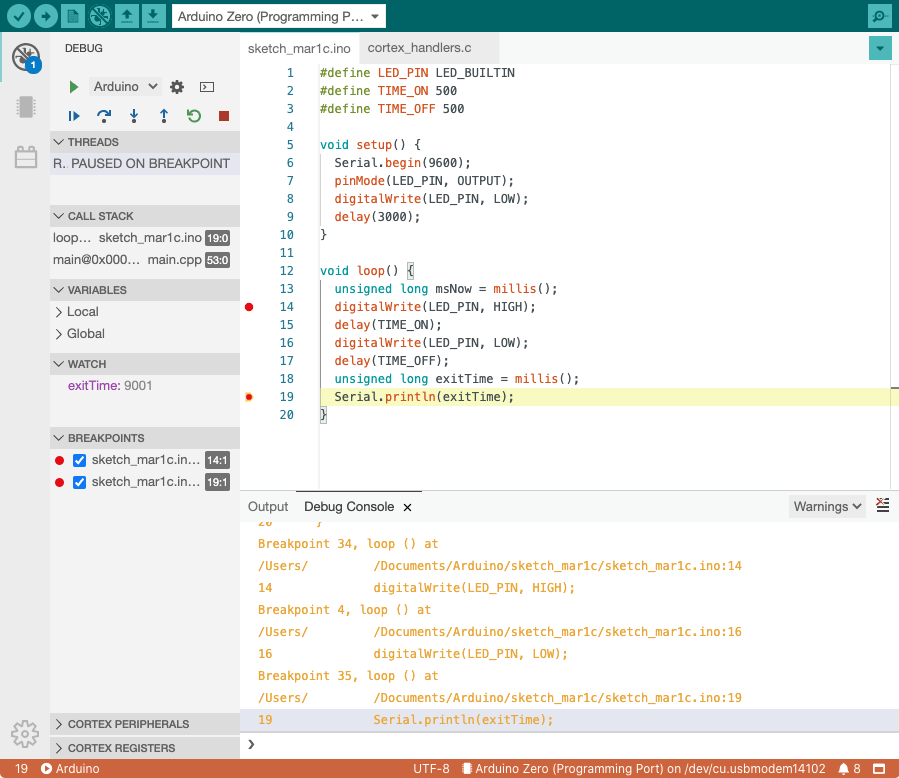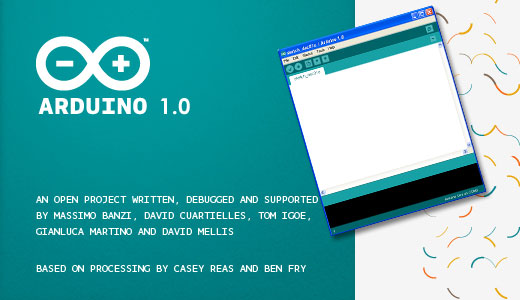
This would provide similar functionality to Thunderbolt 4. Another means is to use one of the M.2 slots and an Occulink connection with an external GPU. The USB-C connectors offer Thunderbolt 4, so with an external enclosure and one of the best GPUs you can unlock plenty of potential. If you want the best gaming performance, then you need to think outside of the box. I was soon on a container ship in the middle of the ocean with Captain Price and co. The solution seemed to be running the game in safe mode, performing the player orientation and then turning everything back to my preferred settings. The issue was moving the player to the firing range caused the game to hang, every time! Matching my monitor’s resolution of 2560 x 1440 was a breeze, as was using high quality textures. How about something a little older? I went through my Steam library and pulled out the original Call of Duty 4: Modern Warfare and this is where I hit a small issue. There were some dips, but if the fps counter wasn’t there, we would be hard pressed to notice. It ran well at 1080p, most of the time way above 60fps. This “boomer shooter” looks like the original Doom, but on modern hardware. We also tested Warhammer 40,000 Boltgun, a game that has just been released.
#Arduino ide 1.8.19 1080p
As we said, 1080p 30 fps is the sweet spot for Stray. This gave us a little more GPU power and our framerates hovered around 40 fps. This prompted us to enter the BIOS and turn off energy saving features. We noticed a large drop to 8 fps when the game loaded in a new area. If you can survive 30 fps, then 1080p with medium settings is possible, but your framerate will take a dip in congested areas.
#Arduino ide 1.8.19 720p
To get a constant 60 fps you’ll need to drop the resolution to 720p and everything else to low. We tested Stray, a 2022 indie game which sees the player investigating a mystery in a futuristic world. That is a considerable amount of power for an “SBC” and it means that we can push gaming a little farther. The Delta saw a hard limit of mid 2010s era games, but with the Sigma we have an Intel Iris Xe GPU with 80 Execution Units running at up to 1.45 GHz. The Arduino element is there to control the motors, sensors and other components that make the project move, but the Raptor Lake CPU is there to give your projects the brains.
#Arduino ide 1.8.19 Pc
But whereas we had to manage our expectations with the Delta, the Sigma can be your desktop PC and the brains behind a robotics or machine learning project. The final slot is M.2 B Key and can be used with a SATA III drive or PCIe 3.0 x1.Īll of these options are impressive for what is really a turbo-charged SBC. The main slot is for PCIe 4.0 NVMe, second is PCIe 3.0.

Storage options with the Sigma are condensed when compared to the Delta.


We can tweak almost every aspect of the Sigma, converting it into a low power desktop, or we can alter the CPU settings to grant us a little more computational power. We have an AMI BIOS which affords us a great deal of configuration. We noticed that the PCIe 4.0 interface used for the main drive was able to keep up with our WD Black SN850X, with a constant read speed of just under 7GB/s when using Ubuntu 22.04. M.2 Wireless Module (sold separately) Wi-Fi 6E AX211 for reviewġ x USB 3.2 Gen2 Type A 1 x USB Type C, Supports PD, DP, USB 2.0ġ x HDMI 2.0b: Up to 4096x2160 60Hz HDR SupportĭP 1.4a via USB Type-C, up to 7680 x 4320 60Hzġ x DP1.4: Up to 4096x2160 60Hz HDR Supportġ x eDP : Extendable Touch Displays up to 1920*1080ġ x M.2 M Key, PCIe 3.0 2x, Supports NVMe SSDġ x M.2 B Key, PCIe 3.0 1x, Supports USB 2.0, USB 3.0, SATA, SIMġ x M.2 B Key: SATA III/PCIe 3.0 x 1, USB2.0, USB3.0, SIMġ x M.2 E Key: PCIe 3.0 x 1, USB2.0, Intel CNVio M.2 NVMe/SATA SSD (sold separately) 500GB WD Black SN770 for review Intel UHD Graphics (Frequency: 450 - 800 MHz) Intel Iris Xe Graphics 80 Execution Units, up to 1.45 GHz


 0 kommentar(er)
0 kommentar(er)
